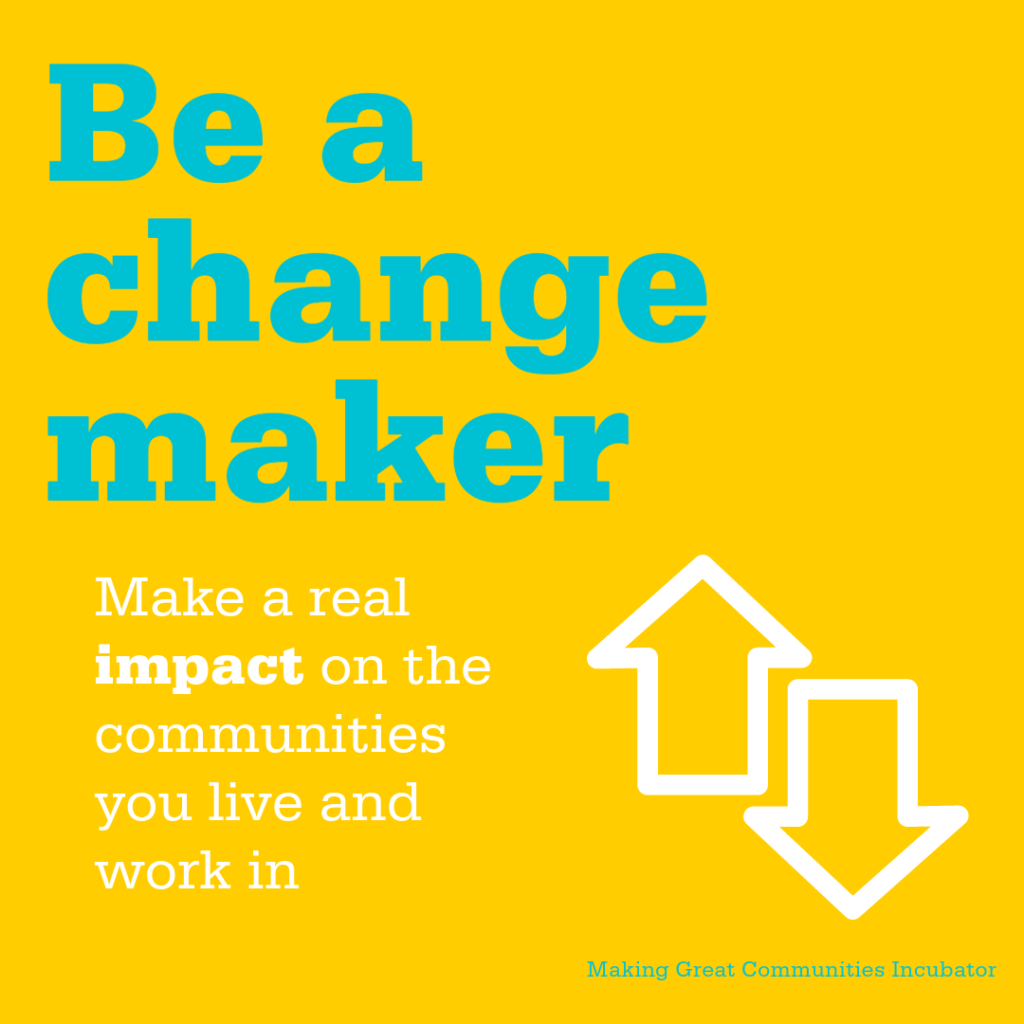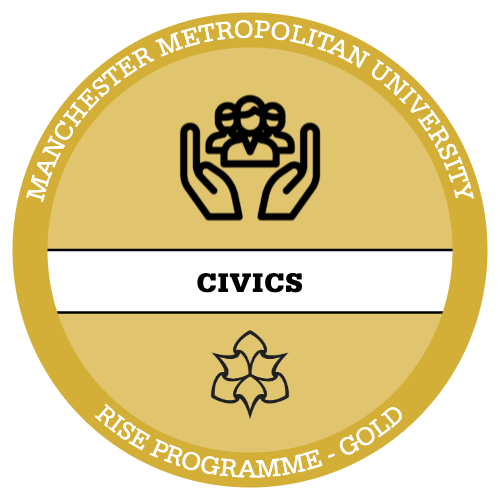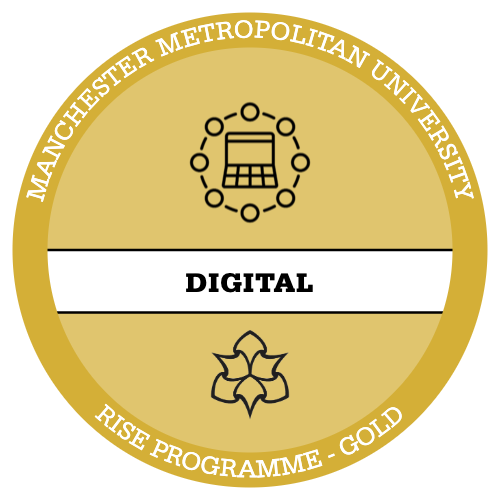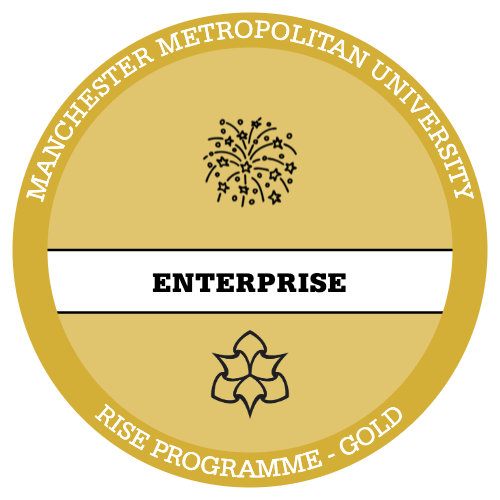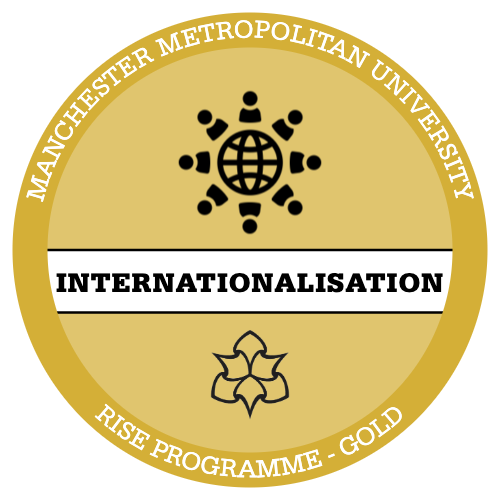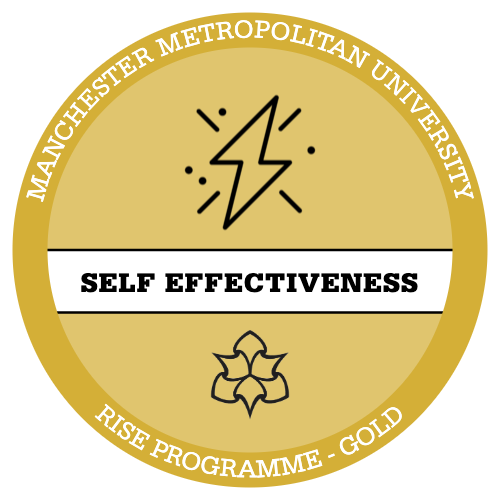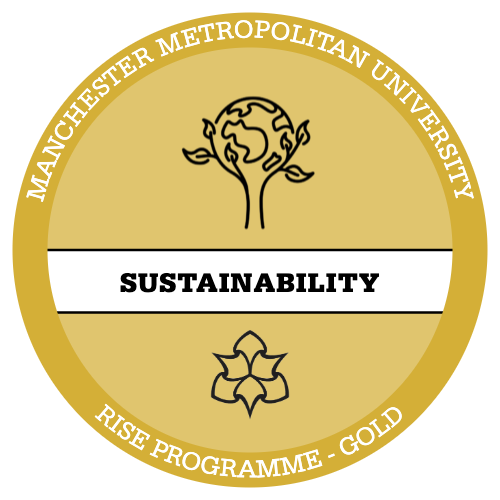Incubator week FOUR
Welcome back to week 4 of our Communities Incubator. Your project ideas are so rich and valuable, we have absolutely loved learning about your passions your ideas, your experiences and you WHY for planning them! Can’t wait to see you move through the Incubator and begin to tell your story in preparation for the opportunity to be supported by Seed Funding and Mentor Support, to make these ideas happen!

Last week we spoke about relationships, and when asked, we all realised that if we had no money or resources for the project we have panned, the thing we can all do to still make stuff happen, is build relationships and connect with other people. THIS! This is literally the whole point of this project Incubator, to build better communities, to make stuff happen by connecting with the people you have in your networks, and new people who can be advocates and supporters or help you with your ideas!
Last week we spoke about power in relationships and warned of ploughing on in to spaces or places or relationships to fix things on behalf of others, while also considering our authenticity and honesty around our vested interested in our projects. This article was an interesting read:

Read: The Reductive Seduction of Reducing Other People’s Problems
<undefined><strong>Essay written on Bright Mag</strong></undefined>
“If you’re young, privileged, and interested in creating a life of meaning, of course you’d be attracted to solving problems that seem urgent and readily solvable. Of course you’d want to apply for prestigious fellowships that mark you as an ambitious altruist among your peers. Of course you’d want to fly on planes to exotic locations with, importantly, exotic problems.”
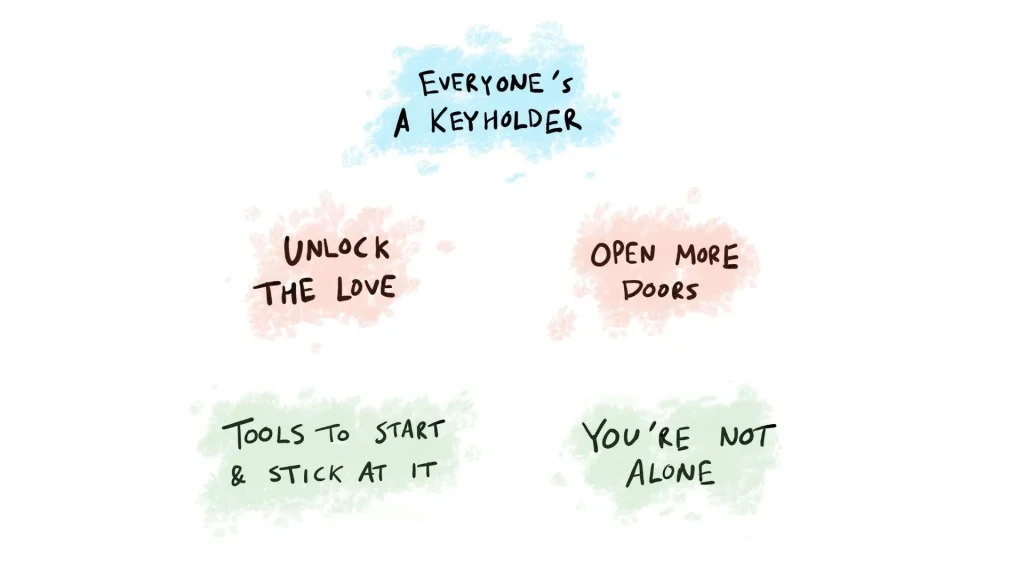

Read: Sharing Ideas and working with Diverse Groups
How can we work together with more, and more diverse, people so that more action is taken to support the historic environment?
Session: Our Project Timelines
This week you have been designing your project timelines and thinking about the rhythm of things. Well done on thinking about the scale and actions of your ideas. Everything is sounding really great!
Thinking about feedback:
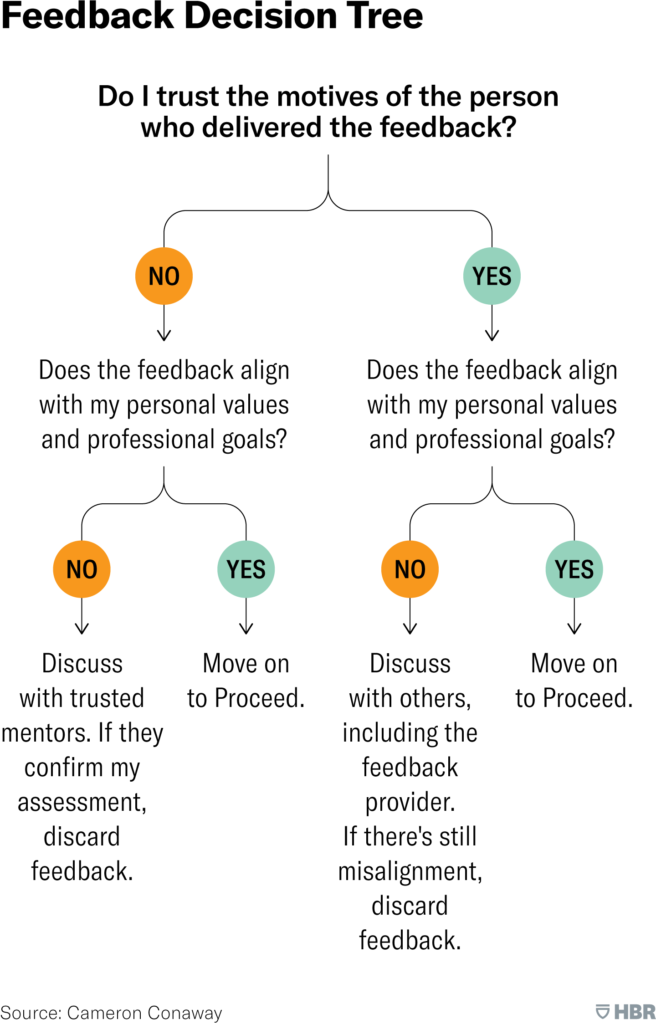

Read: Processing Feedback
Processing feedback goes far beyond listening to it in the moment and implementing it. It involves continuous reflection, conversation, and practice. Yes, much of this happens because of the way we receive feedback (such as how my professor gave it), but there is much we can do, too, to make sure we’re processing feedback the right way.
The Agency
Examples of non-hierarchical ways of working using “Agency” (The Agency) https://wearetheagency.co/our-story
Resources from Audrey:
Examples of collaborative projects centering participants and communities:
- https://womenschaiproject.co.uk/ | https://soundcloud.com/contactmcr/episode-3-katie-charlton
- https://artwithheart.org.uk/small-voices/
- https://www.afrocats.org.uk/ | https://soundcloud.com/contactmcr/episode-2-katie-charlton
- https://starlingcio.org/ | https://soundcloud.com/contactmcr/episode-6-katie-charlton
- https://www.instagram.com/chagossiansofmanchester/ | https://soundcloud.com/contactmcr/episode-5-katie-charlton
Considering intersectionalities and equity:
